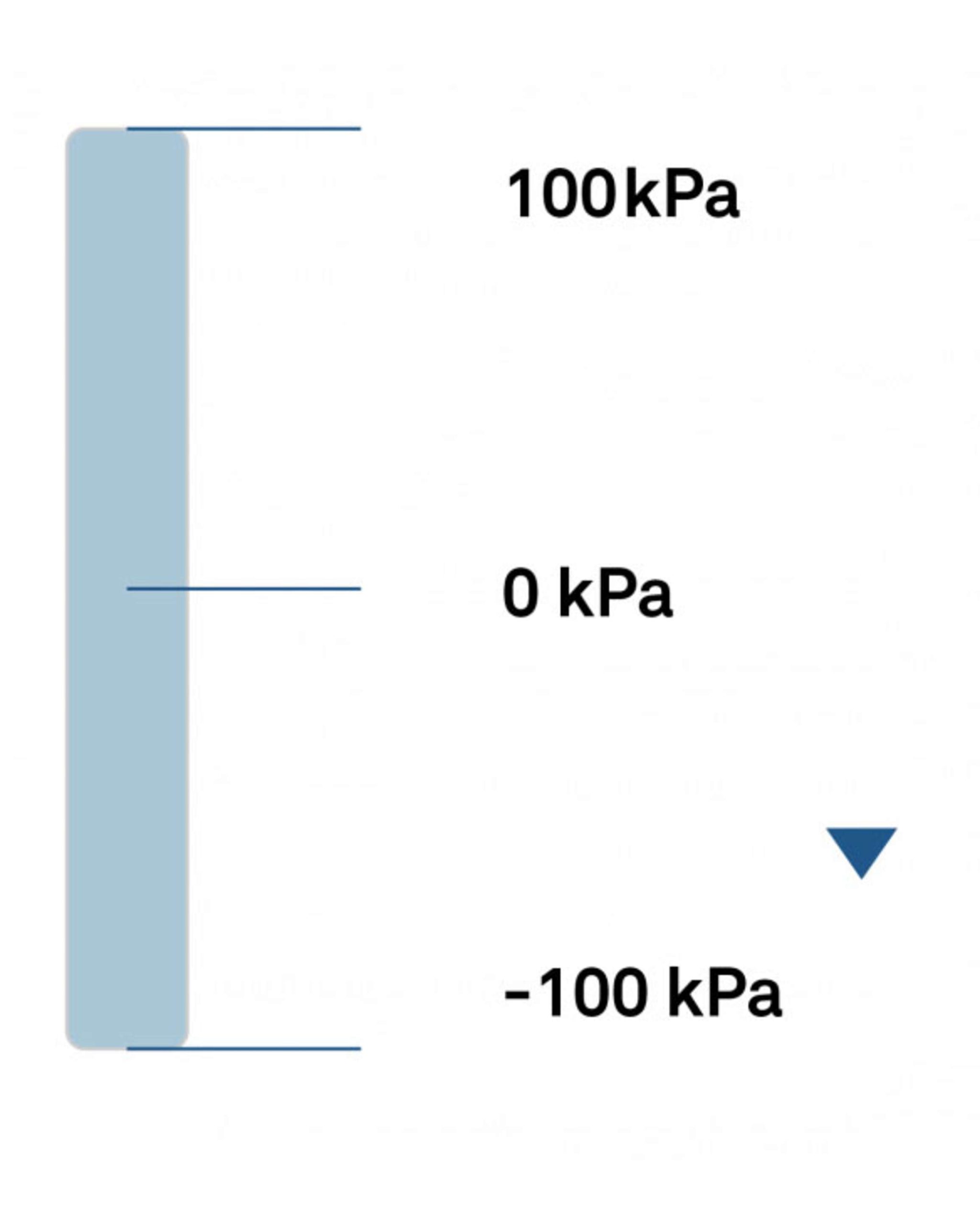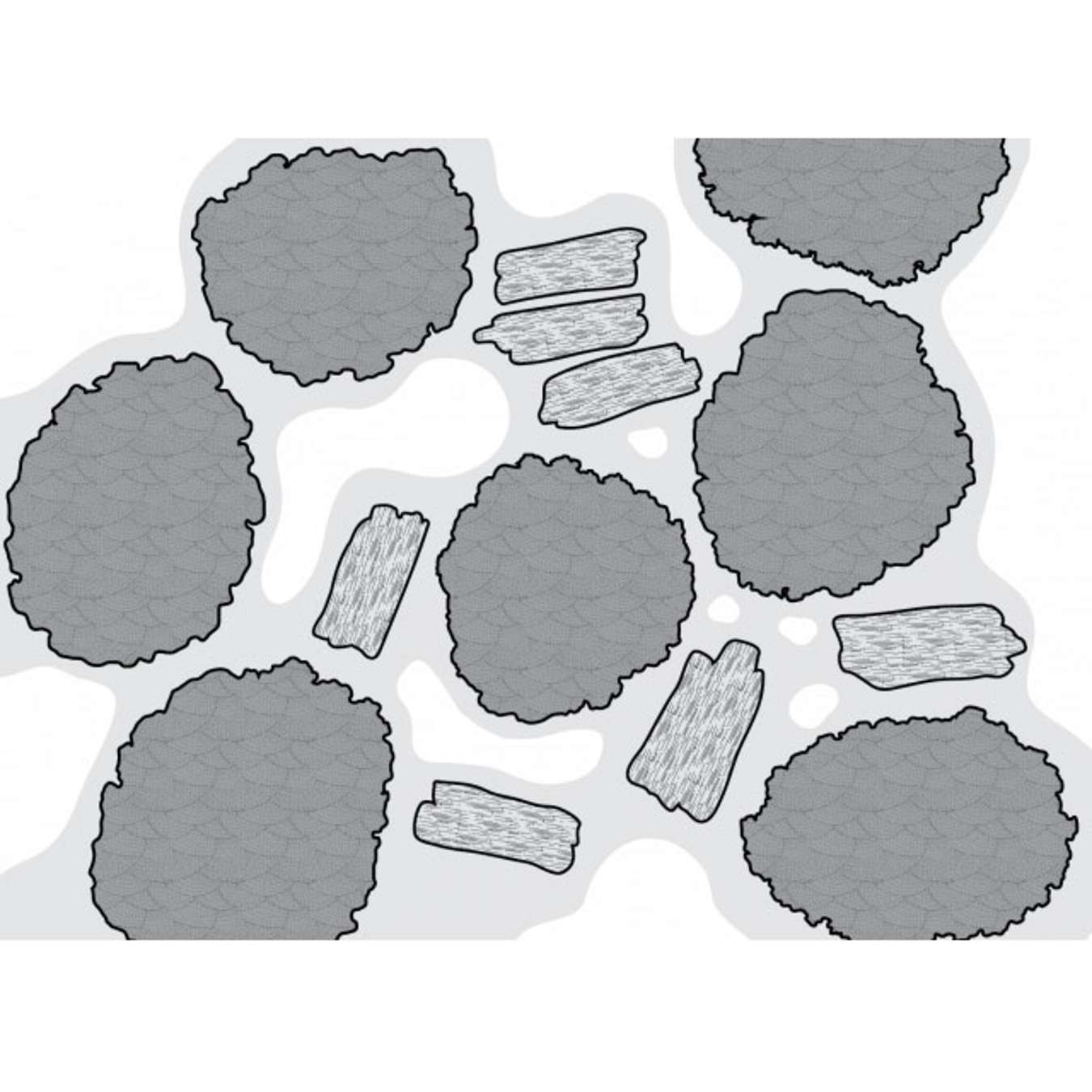How to model plant available water
Dr. Gaylon Campbell, world-renowned soil physicist, teaches what you need to know for simple models of soil water processes.

Water potential is the energy required, per quantity of water, to transport an infinitesimal quantity of water from the sample to a reference pool of pure free water. To understand what that means, compare the water in a soil sample to water in a drinking glass. The water in the glass is relatively free and available; the water in the soil is bound to surfaces diluted by solutes and under pressure or tension. In fact, the soil water has a different energy state from “free” water. The free water can be accessed without exerting any energy. The soil water can only be extracted by expending energy. Soil water potential expresses how much energy you would need to expend to pull that water out of the soil sample.
Soil water potential is a differential property. For the measurement to have meaning, a reference must be specified. The reference typically specified is pure, free water at the soil surface. The water potential of this reference is zero. Water potential in the environment is almost always less than zero, because you have to add energy to get the water out.
Download the “Researcher’s complete guide to water potential”
Water movement in the environment is really a physics problem, and to understand it, we have to distinguish between intensive and extensive variables. The extensive variable describes the extent or amount of matter or energy. The intensive variable describes the intensity or quality of matter or energy. For example, the thermal state of a substance can be described in terms of both heat content and temperature.
The two variables are related, but they are not the same. Heat content depends on mass, specific heat, and temperature. You can’t tell by measuring heat content whether or not heat will be transferred to another object if the two touch each other. So you also don’t know if the object is hot or cold or whether it will be safe to touch.
These questions are much easier to answer if you know the intensive variable—temperature. In fact, though it can be important to measure both intensive and extensive variables, often the intensive variable gives you more useful information. In terms of water, the extensive variable is water content, and it tells you the extent, or amount, of water in plant tissue or soil. The intensive variable is water potential, and it describes the intensity or quality of water in plant tissue or soil. Many questions about water availability and movement are best answered by measuring soil water potential.
1. Water movement
Water will always flow from high potential to low potential. This is the second law of thermodynamics—energy flows along the gradient of the intensive variable. Water will move from a higher energy location to a lower energy location until the locations reach equilibrium, as illustrated in Figure 1. For example, if a soil’s water potential were -50 kPa, water would move toward the more negative -100 kPa to become more stable.

2. Plant water availability
Liquid water moves from soil to and through roots, through the xylem of plants, to the leaves, and eventually evaporates in the substomatal cavities of the leaf. The driving force for this flow is a water potential gradient. Thus, in order for water to flow, the leaf water potential must be lower than the soil water potential. In Figure 2, the soil is at -0.3 MPa and the roots are slightly more negative at -0.5 MPa. This means the roots will pull water up from the soil. Then the water will move up through the xylem and out through the leaves. And the atmosphere, at -100 MPa, is what drives this gradient.

Water potential measurements clearly indicate plant available water, and unlike water content, there is an easy reference scale–plant optimal runs from about -2-5 kPa which is on the very wet side, to approximately -100 kPa, at the drier end of optimal. Below that, plants will be in deficit, and past -1000 kPa they start to suffer. Depending on the plant, water potentials below -1000 to -2000 kPa cause permanent wilting.
Table 1 illustrates the easy reference scale for some types of crops. Plants will stay out of stress and yield more when kept within this water potential comfort range.

Irrigators and scientists use water potential sensors in conjunction with water content sensors to understand plant water availability. In Figure 3, you can observe where the water content declines and at what percentage the plants begin to stress. It’s also possible to recognize when the soil has too much water: the water content is above where water potential sensors start to sense plant stress. Using this information, researchers can identify the plant optimal range at 12% to 17% volumetric water content. Anything below or above that range will be too little or too much water.

To learn more about how soil water potential indicates plant water availability, read “When to water: Dual measurements solve the mystery” and “Why soil moisture sensors can’t tell you everything you need to know”

Figure 4 illustrates that there are different water potential instruments that measure different ranges. Watch the video to see how you can combine METER LABROS instruments to measure the full range of soil water potential. Learn more about how to measure water potential and which instruments are used for what purpose here.
The total water potential is the sum of four different components.
Water potential is frequently called water tension, soil suction, and soil pore water pressure. We typically use units of pressure to describe soil water potential, including megapascals (MPa), kilopascals (kPa), bars, and meters (mH2O), centimeters (cmH2O), or millimeters of water (mmH2O).
Water potential is actually measured in energy per unit of mass, so the official units should be joules per kilogram, but if you take into account the density of water, the units become kilopascals, therefore we typically describe it using units of pressure.
Soil water potential is the sum of four different components: gravitational potential + the matric potential + the pressure potential + the osmotic potential (Equation 1).

Matric potential is the most significant component as far as soil is concerned because it relates to the water that is adhering to soil surfaces. In Figure 5, the matric potential is what created the water film clinging to the soil particles. As water drains out of the soil, the air-filled pore spaces get bigger, and the water gets more tightly bound to the soil particles as the matric potential decreases.
Matric potential arises because water is attracted to most surfaces through hydrogen bonding and van der Waals forces. Soil is made up of small particles, providing lots of surfaces that will bind water. This binding is highly dependent on soil type. For example, sandy soil has large particles which provide less surface-binding sites, while a silt loam has smaller particles and more surface-binding sites.

Watch the video below to visualize matric potential in action.
The following figure, showing moisture release curves for three different types of soil, demonstrates the effect of surface area. Sand, containing 10% water, has a high matric potential, and the water is readily available to organisms and plants. Silt loam, containing 10% water, will have a much lower matric potential, and the water will be significantly less available.
Matric potential is always negative or zero and is the most significant component of soil water potential in unsaturated conditions.

Soil moisture release curves (soil-water characteristic curves) illustrate the relationship between water potential and water content and are like physical fingerprints, unique to each soil type. Use them in your research to understand and predict the fate of water in your particular soil. Moisture release curves answer critical questions such as: will water drain through the soil quickly or be held in the root zone? They are powerful tools used to predict plant water uptake, deep drainage, runoff, and more.
Learn more about moisture release curves and the relationship between soil water potential and soil water content here. Or watch the video below.
Tensiometers and the TEROS 21 are both soil water potential sensors that measure matric potential in the field.

To find out which field water potential sensor is right for your application, read “Which soil sensor is perfect for you?” Or watch Dr. Colin Campbell’s webinar below, “Water Potential 201: Choosing the Right Instrument,” which covers water potential instrument theory, including the challenges of measuring water potential and how to choose and use various water potential instruments, such as tensiometers, TEROS 21, WP4C, HYPROP, and more.
Osmotic potential describes the dilution and binding of water by solutes that are dissolved in the water. This potential is also always negative.
Osmotic potential only affects the system if there is a semi-permeable barrier that blocks the passage of solutes. This is actually quite common in nature. For example, plant roots allow water to pass but block most solutes. Cell membranes also form a semi-permeable barrier. A less-obvious example is the air-water interface, where water can pass into air in the vapor phase but salts are left behind.
You can calculate osmotic potential from the following equation if you know the concentration of solute in the water

Where C is the concentration of solute (mol/kg), ɸ is the osmotic coefficient (-0.9 to 1 for most solutes), v is the number of ions per mol (NaCl= 2, CaCl2 = 3, sucrose = 1), R is the gas constant, and T is the Kelvin temperature.
Osmotic potential is always negative or zero and is significant in plants and some salt-affected soils.
Gravitational potential arises because of water’s location in a gravitational field. It can be positive or negative, depending on where you are in relation to the specified reference of pure, free water at the soil surface. Gravitational potential is then

Where G is the gravitational constant (9.8 m s-2) and H is the vertical distance from the reference height to the soil surface (the specified height).
Pressure potential is a hydrostatic or pneumatic pressure being applied to or pulled on the water. It is a more macroscopic effect acting throughout a larger region of the system.
There are several examples of positive pressure potential in the natural environment. For example, there is a positive pressure present below the surface of any groundwater. You can feel this pressure yourself as you swim down into a lake or pool. Similarly, a pressure head or positive pressure potential develops as you move below the water table. Turgor pressure in plants and blood pressure in animals are two more examples of positive pressure potential.
Pressure potential can be calculated from

Where P is the pressure (Pa) and PW is the density of water.
Though pressure potential is usually positive, there are important cases where it is not. One is found in plants, where a negative pressure potential in the xylem draws water from the soil up through the roots and into the leaves.
Water potential and relative humidity are related by the Kelvin equation. If you know temperature and humidity, you can calculate the water potential using this equation

Where Ψ is water potential (MPa), HR is the relative humidity (unitless), R is the universal gas constant (8.3143 J mol-1 K -1), MW is the mass of water (18.02 g/mol), and T is Kelvin temperature.
Water potential:
Key points:
In this webinar, Dr. Doug Cobos differentiates water potential from water content, discusses the theory, application, and key components of water potential.
Find more answers to the question ‘what is water potential’ here:
Return to main water potential page
Kirkham, Mary Beth. Principles of soil and plant water relations. Academic Press, 2014. (Book link)
Taylor, Sterling A., and Gaylen L. Ashcroft. Physical edaphology. The physics of irrigated and nonirrigated soils. 1972. (Book link)
Hillel, Daniel. Fundamentals of soil physics. Academic press, 2013. (Book link)
Dane, Jacob H., G. C. Topp, and Gaylon S. Campbell. Methods of soil analysis physical methods. No. 631.41 S63/4. 2002. (Book link)
Six short videos teach you everything you need to know about soil water content and soil water potential—and why you should measure them together. Plus, master the basics of soil hydraulic conductivity.
Our scientists have decades of experience helping researchers and growers measure the soil-plant-atmosphere continuum.
Dr. Gaylon Campbell, world-renowned soil physicist, teaches what you need to know for simple models of soil water processes.
A comprehensive look at the science behind water potential measurement.
Compare current methods for measuring water potential and the pros and cons of each method.

Receive the latest content on a regular basis.